Last week there was not as much interesting news as we would like, but we still always have something to talk about. For example, this week Google has done a lot for its headphones. New features and capabilities are always good. Samsung also gave a reason to talk about itself, but this time in a good way. There will be no damage to the Galaxy S20 Ultra camera and the like, but I will tell you how much the Galaxy Fold 2 will cost. I'm sure the price will pleasantly surprise you. And of course, let's not forget about other news of the past week. Let's sit down in the evening and discuss everything that happened during these seven days. Ready? Then let's start.
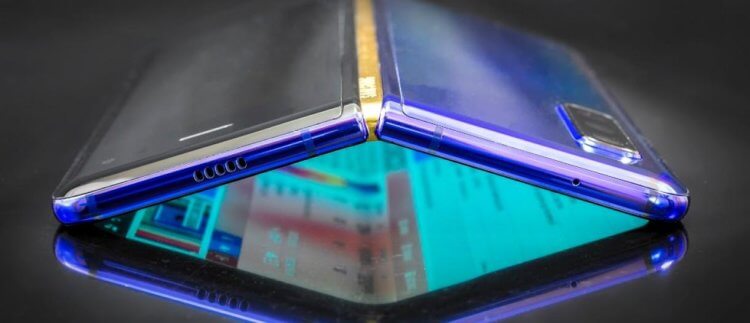
What will the new foldable smartphone be like?
Google has released an update to bring AirPods to Android
Despite the fact that many smartphone manufacturers have been trying to produce their own analogs of AirPods for several years, in fact, they managed to simulate only the appearance, but not their essence. After all, real AirPods are distinguished not by high sound quality or advanced features like active noise cancellation, but by convenience, which is expressed in deep integration with the operating system. It is she who provides quick pairing of the headphones with the head unit and the ability to track the charge level of each earphone separately with other related information. Now these and many other features are also available in Android by default.
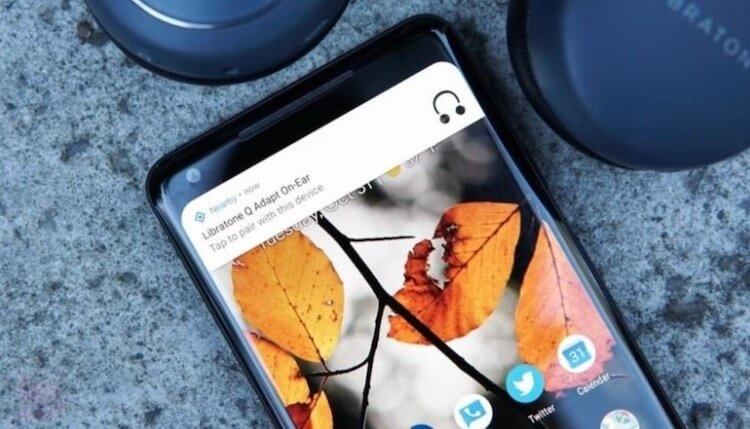
Google made AirPods possible for Android
Google has released an update for Android that expands Bluetooth to iPhone and is rolling out to all devices running Android 6.0 Marshmallow and newer OS versions. Technically, the work Bluetooth of the modules that smartphones are equipped with has not changed in any way. However, compatible devices with Android on board learned to quickly pair with some models of headphones and were able to receive detailed information about the connection by analogy with AirPods.

Wireless headphones control on Android is now as convenient as on iOS
Now users can connect headphones to a smartphone by simply opening the lid and performing other manipulations with them in the system window that appears:
- Track the discharge of each earphone separately and the charging case;
- Customize playback controls;
- Enable and disable additional modes like active noise cancellation;
- Enable or disable ear detection function;
- Set up voice control using Google Assistant.
As you can see, the set of innovations introduced by the update Android turned out to be quite wide, and now, if not superior to iOS, then at least not inferior to it. Another thing is that manufacturers need to adapt the software of their headphones in a special way so that they can quickly interface with smartphones, and give them access to the system menu with the ability to configure them. At this stage, there are only two such headphones: Pixel Buds 2, for which Google has expanded its capabilities Android, and Harman Kardon Fly.
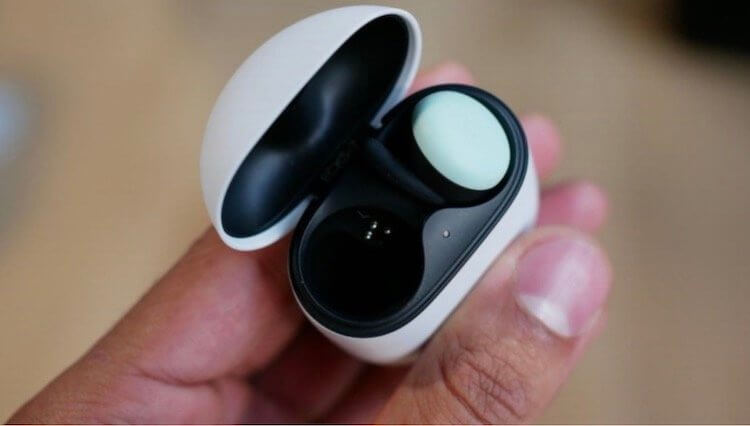
Now any manufacturer can make their own AirPods for Android
Perhaps someone would say that what Google is offering is not exactly a seamless experience of using wireless headphones. After all, manufacturers will have to spend time and resources on adaptation. But do not forget that Apple at one time also got worn out and created a software basis for its branded headphones, which no one else can use. In the case of Android, now any manufacturer can teach their headphones to work as smoothly as AirPods, regardless of their price. And since the base is universal, then all the gadgets will be available on all devices with Android 6.0 Marshmallow and newer.
The update released by Google will not be distributed as a system patch, but as an update to Google Play services. Therefore, do not expect a fresh version of the operating system to arrive by air. This was done in order to provide the widest possible audience coverage. After all, if the new functionality was added only to the owners of devices based on Android 10 and 11, this would mean that most users will never see it. However, by releasing an update as part of Google Play services, Google acted very elegantly, confirming that support for Android – smartphones does not end after two years, as many people think, but lasts much longer.
Google will equip the Pixel Buds 2 with a feature from iOS 14
Despite the fact that Google introduced the Pixel Buds 2 last year, it only mastered to release them on sale now. The reasons for such a delay were not named in the company, but, most likely, its banal unavailability influenced the timing of the launch of the new product. Maybe the developers couldn't get the right and left headphones to work in sync, or maybe they were just working on expanding their functionality. After all, in order to simply create headphones without wires, you don't need a lot of intelligence, but making something unique and unlike the products of competitors is much more difficult.

Google headphones will soon learn some cool new tricks
Google plans to teach the Pixel Buds 2 tricks that it hasn't seen in any headphones yet, not even wireless ones. The Pixel Buds app has a new feature to recognize various sounds specific to specific events, with the ability to subsequently alert the user. These are mainly sounds of a critical nature: fire siren, alarms, crying, dog barking, knocking on the door, doorbell. In short, all those sounds, ignoring which can be life-threatening.
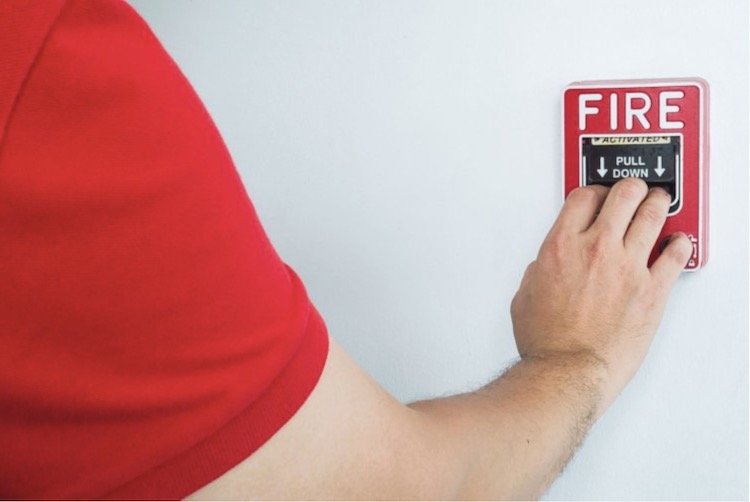
Pixel Buds 2 will be able to recognize critical sounds and alert the user about them
This function will work as follows. A built-in microphone system will capture ambient sounds in real time and interpret them so that they can be directed directly to the user's ear if necessary. It may seem like it will take a lot of power, which will have a negative impact on the autonomy of the headphones. However, by its nature, this function is very close to Active Noise Cancellation technology, which detects external noise and, to suppress them, creates an equivalent anti-noise. Therefore, even if the battery life of the Pixel Buds 2 is reduced, it will not be much.
A similar function is currently being implemented Apple, which plans to make it part of Universal Access in iOS 14. However, there it is intended for users with hearing impairments. It is assumed that thanks to it iPhone it will be able to capture critical sounds, and then visually notify the user about it, for example, by displaying a bright and noticeable notification from afar. Thus, Apple hopes to save lives of people who may not hear very important sounds for survival.
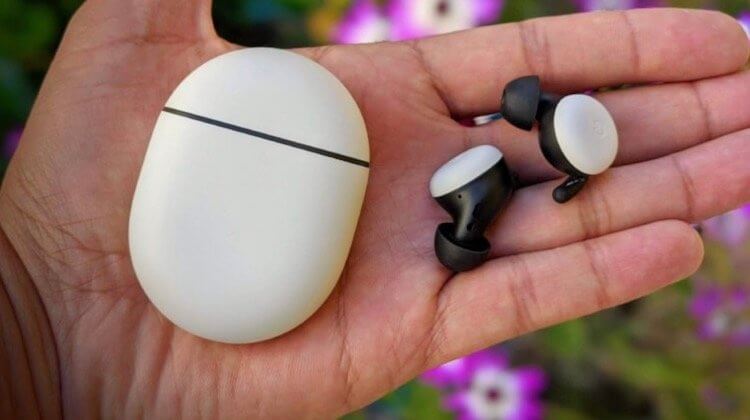
For once, Google has done something better than Apple
In my opinion, Google's implementation, which decided to provide the headphone recognition function, is much more applicable in practice. Still, when we listen to music, especially with plug-in headphones, external sounds do not pass into our ears. Because of this, there is a risk of not hearing an alarm, a baby crying or a doorbell – after all, silicone ear pads, coupled with an active noise reduction, create an almost complete vacuum and prevent the passage of external noise, putting either the listener or his loved ones at risk.
When Google releases an update for the Pixel Buds 2 with support for sound recognition, it hasn't been reported. At the moment, the Pixel Buds application contains only mentions of the innovation, given in the form of lines of program code. There are no buttons to activate or design notifications for triggered sounds yet. This means that the development is at one of the early stages, and therefore it is clearly worth waiting for the release of the innovation not earlier than summer, or even autumn.
How Google will track coronavirus patients on Android
The tracking system for patients with coronavirus from Apple and Google, the launch of which the companies announced a couple of weeks ago, was supposed to officially launch in mid-May. However, before releasing the new service to people, Apple and Google decided to test it on a limited audience of users. Therefore, on the night of April 29-30, the companies released an update with support for the new system. But if Apple did it openly, then Google chose not to draw attention to the test launch and released it in a very, very quiet way.
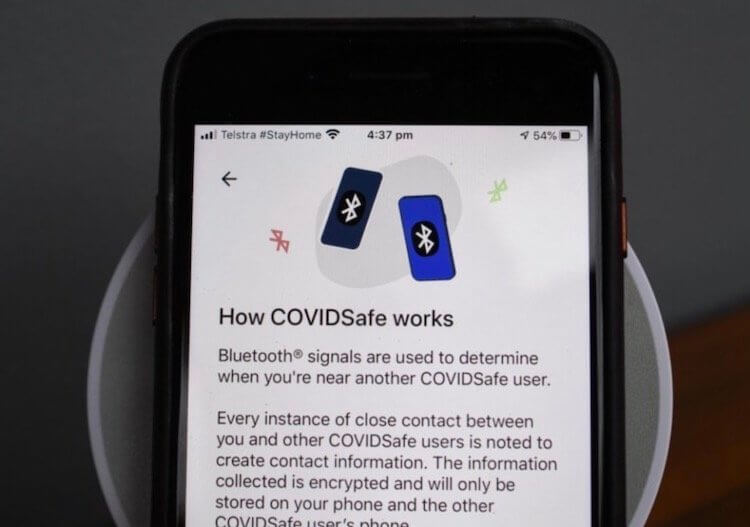
Tracking function for COVID-19 patients already appeared in Google Play Services
The user tracking system, which will later be used to identify contacts with patients with coronavirus, has become an integral part of the Google Play services update. True, for some unknown reason, Google is in no hurry to make this fact public, opening direct access to the update only to a limited audience of users. Most likely, this audience is limited only to developers, but this does not mean that you cannot try to activate the system on your own. Here's how to do it:
- Follow this link and register for the beta testing program for Google Play services;
- Open 'Settings' on your device and go to the 'Applications' section;
- Here find the 'Google Play Services' tab and open it;

Downloading the beta of Google Play Services isn't that hard
- Scroll down and go to 'App Details';
- In the window that opens, click 'Update' to install a test version of Google Play Services.
These steps will install the current beta version of Google Play services, which should include the new tracking system. I say 'should' instead of 'includes' because Google does not name a specific build containing the contact tracking interface. For this reason, I have no guarantees that the assembly you install actually supports the desired innovation. For example, I personally could not find any signs of a system on my smartphone.
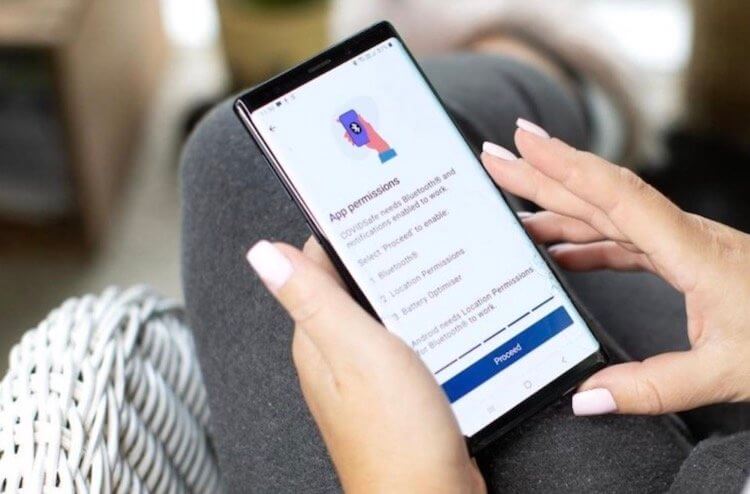
The tracking system will be released in mid-May
The system in question is designed to record users' contacts so that later they can notify them about cases of contact with coronavirus patients. It activates Bluetooth Low Energy on compatible devices and makes them emit a signal that other devices receive. If a user meeting lasts longer than five minutes, the fact is saved on both devices. Then, if one of the participants in the meeting turns out to be infected with COVID-19 and informs about it in a special application, everyone who contacted him will receive notifications about the need to take tests, of course, without specifying the names and meeting places.
Apparently, testing of the tracking system will last until mid-May, as originally planned. Then Apple and Google will release updates for their devices, making the system publicly available. Among users iOS the update will be received by owners of devices with iOS 12 and iOS 13, and among users Android – Android 6.0 Marshmallow and newer. At the same time, if you do not want to participate in the tracking program for patients with coronavirus infection, you can always turn off the system and maintain complete anonymity.
How much will the Samsung Galaxy Fold 2 cost
The hype about foldable smartphones that started late last year has subsided a bit. The public calmed down, and the debate over the price of foldable smartphones gave way to discussions about the OnePlus 8 price, Samsung Galaxy S20 Ultra problems and the relevance iPhone SE. At the same time, the second generation of the Samsung Galaxy Fold is inevitably approaching. Personally, I am very interested in what the company will show. I believe there will be only two options. It will be either a failure, or, conversely, a sensation. At the same time, if nothing changes regarding the first generation, then I will attribute this to failures. We have good news so far. Fresh information prepares us for the fact that the company will greatly reduce the cost of the smartphone. How much it will be reduced and what it will generally be, now we will discuss.
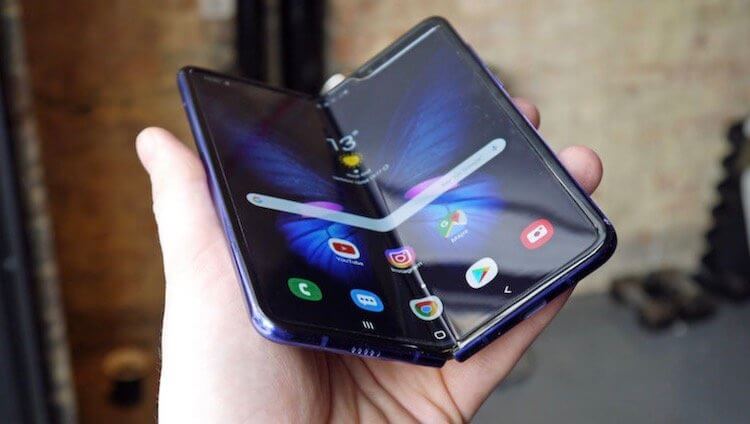
We are waiting and hope for a good smartphone.
The Samsung Galaxy Fold 2 is one of the most anticipated devices of the year and is the second generation of the company's foldable phone initiative. Rumors about what the smartphone screen will be like have surfaced more than once, but the closer to the presentation, the clearer the boundaries that they outline become. This is how we got information about prices and what kind of camera will be installed in the new product.
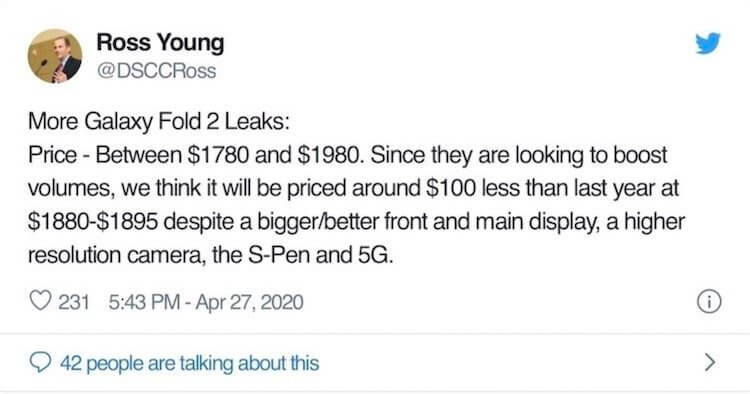
The price will be more pleasant.
This time, the information again came from Display Supply Chain Consultants' CEO, Ross Young. He made a few more statements in his own style in Twitter. Young says the Samsung Galaxy Fold 2 will cost between $ 1,780 and $ 1,980. This means that the novelty will cost at least $ 200 cheaper (more than ten percent) than the original Fold, which was shown to us on the eve of MWC 2019, and finally launched on sale last fall.

And if the novelty is like this?
With Samsung launching the $ 1,400 foldable Galaxy Z Flip, it would be a shame not to get a price cut for the second generation Fold. These are not monoblocks that only get more expensive. Foldable smartphone technology should gradually become cheaper. Even one of the leaders Huawei spoke about this. It turns out that everything is correct, technologies are getting cheaper – new devices are also getting cheaper.
Ross Young also made another prediction. If he's right, then we can safely assume that the price of the new Samsung will drop even more. He claims that the new product will improve the screen, there will be 5G and a camera with a higher resolution. S-Pen support should also appear. This is where it becomes especially interesting to me. After all, if such support appears, then the screen should become more durable so as not to scratch.
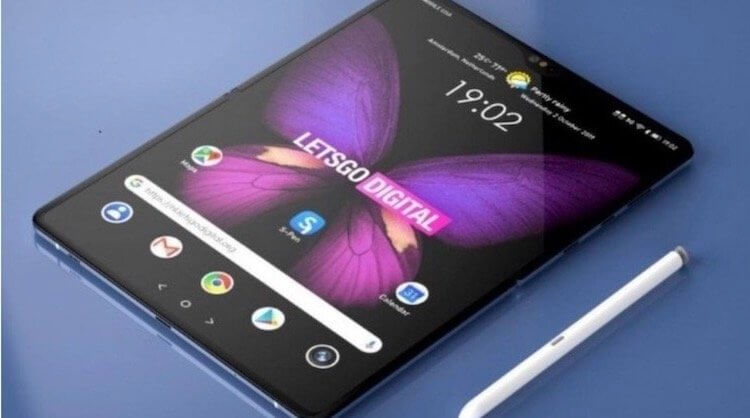
Working with the S Pen would be very helpful.
Let me remind you that earlier, due to the fact that it was impossible to make the folding screen solid, it literally scratched with a fingernail. If, after contact with the S-Pen, the novelty is ripped apart, as after the fight with Wolverine, such support is worthless. I don't want to ruin a $ 2,000 phone at all. Moreover, the damage will not only be cosmetic. It will be difficult to use such a phone too.
Talking about the camera system, Young claims the Samsung Galaxy Fold 2 will offer a triple camera system. The CEO says you can expect a 12MP / 16MP / 64MP combo. If they are, respectively, telephoto, wide and regular module, this will fit the Galaxy S20 and S20 Plus.

If the leaks are to be believed, the cameras will be good.
This isn't the first time we've seen glaring Galaxy Fold 2 leaks from Ross Young. Previously, the CEO said that the new product will be equipped with a main screen with a frequency of 120 Hz and a hole for the camera in the screen. Now it remains to add that the approximate launch date is considered August of this year.
Of course, this time is still far away and much can change, but in an analytical way it is already possible to understand the development trends of the smartphone market (although some are mistaken). And companies should already roughly understand what they are counting on. This is not done right off the bat. Price and specs are determined in advance, since the process of a smartphone entering the market includes a lot of analytics and preparations, without which the manufacturer will fail.
In any case, it looks like the new foldable model could be a major improvement over last year's model. If you are also expecting this, tell us in our Telegram chat what exactly you want to see in the new product and are you ready to consider it for purchase if the price drops?
